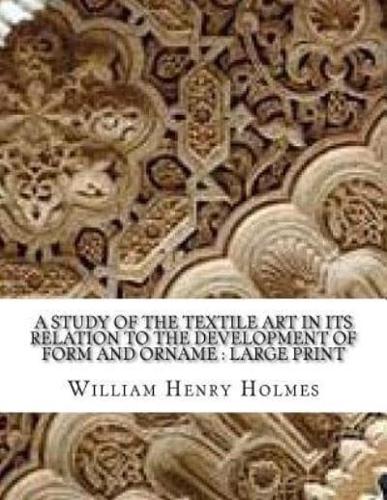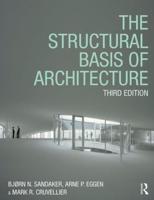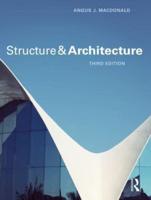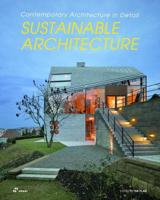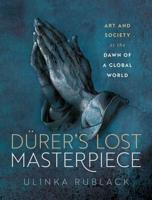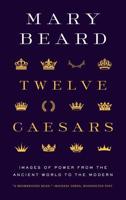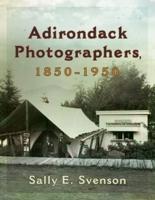Publisher's Synopsis
A Study Of The Textile Art In Its Relation To The Development Of Form And Ornament Sixth Annual Report of the Bureau of Ethnology to the Secretary of the Smithsonian Institution, 1884-'85, Government Printing Office, Washington, 1888, (pages 189-252) by William Henry Holmes INTRODUCTION. The textile art is one of the most ancient known, dating back to the very inception of culture. In primitive times it occupied a wide field, embracing the stems of numerous branches of industry now expressed in other materials or relegated to distinct systems of construction. Accompanying the gradual narrowing of its sphere there was a steady development with the general increase of intelligence and skill so that with the cultured nations of to-day it takes an important, though unobtrusive, place in the hierarchy of the arts. Woven fabrics include all those products of art in which the elements or parts employed in construction are largely filamental and are combined by methods conditioned chiefly by their flexibility. The processes employed are known by such terms as interlacing, plaiting, netting, weaving, sewing, and embroidering. The materials used at first are chiefly filiform vegetal growths, such as twigs, leaves, roots, and grasses, but later on filiform and then fibrous elements from all the kingdoms of nature, as well as numerous artificial preparations, are freely used. These are employed in the single, doubled, doubled and twisted, and plaited conditions, and are combined by the hands alone, by the hands assisted by simple devices, by hand looms, and finally in civilization by machine looms. We are delighted to publish this classic book as part of our extensive Classic Library collection. Many of the books in our collection have been out of print for decades, and therefore have not been accessible to the general public. The aim of our publishing program is to facilitate rapid access to this vast reservoir of literature, and our view is that this is a significant literary work, which deserves to be brought back into print after many decades. The contents of the vast majority of titles in the Classic Library have been scanned from the original works. To ensure a high quality product, each title has been meticulously hand curated by our staff. Our philosophy has been guided by a desire to provide the reader with a book that is as close as possible to ownership of the original work. We hope that you will enjoy this wonderful classic work, and that for you it becomes an enriching experience.
